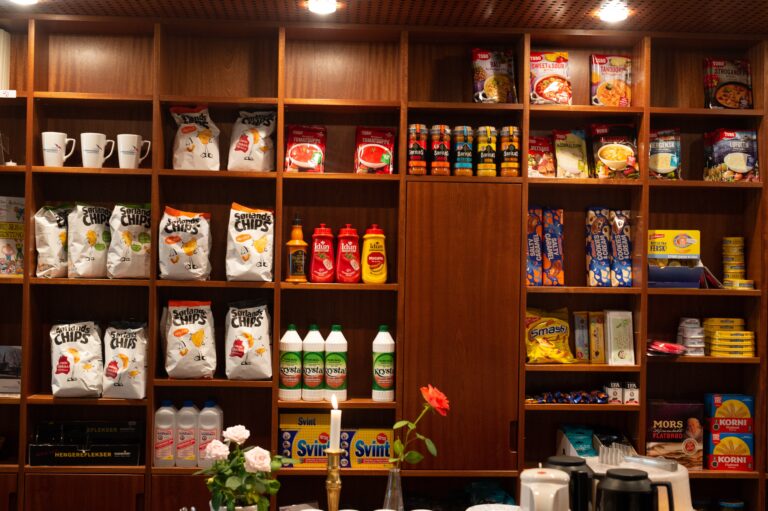For manufacturers, the journey of a product doesn’t end when it hits the retail shelves; it merely enters a new phase. Evaluating its performance in the retail environment is crucial for continuous improvement and sustaining successful partnerships with retailers. By effectively tracking sales data, soliciting customer feedback, and conducting regular store visits, manufacturers can gain invaluable insights that drive product enhancement and strengthen retail relationships. Here’s a guide on how to effectively measure product performance and leverage feedback for growth.
Tracking Sales Data
Sales data serves as the primary indicator of a product’s performance in retail stores. By closely monitoring sales figures, manufacturers can identify trends, patterns, and consumer preferences. This data provides a factual basis for evaluating the success of a product and can highlight areas for improvement or expansion.
It’s important to track not just overall sales, but also sales by location, time periods, and in comparison to competitors. Advanced analytics can further dissect this data to reveal deeper insights into consumer behavior, such as purchasing triggers and the effectiveness of marketing campaigns. Armed with this knowledge, manufacturers can make informed decisions about product adjustments, marketing strategies, and inventory management.
Soliciting Customer Feedback
While sales data tells you “what” is happening, customer feedback explains “why.” Direct input from consumers is invaluable for understanding their needs, preferences, and pain points. This feedback can come from various sources, including online reviews, social media, customer surveys, and direct interactions.
Actively seeking and analyzing customer feedback allows manufacturers to identify specific areas for product improvement. Whether it’s enhancing the product’s features, addressing quality issues, or adapting to changing consumer trends, customer feedback is a goldmine of insights for product development.
Conducting Regular Store Visits
Store visits offer a hands-on way to evaluate how a product performs in its retail environment. By observing how products are displayed, how consumers interact with them, and how store staff recommend and manage them, manufacturers can gain critical insights that might not be evident through sales data or feedback alone.
Regular visits enable manufacturers to assess the effectiveness of product placement, packaging, and promotional materials. They also provide an opportunity to build stronger relationships with store managers and staff, offering training and support that can enhance product visibility and sales.
The Value of Continuous Improvement
The ultimate goal of evaluating product performance and seeking feedback is continuous improvement. By understanding what works well and what doesn’t, manufacturers can iterate on their products, making them more appealing to both consumers and retailers. This commitment to excellence not only drives sales but also strengthens the manufacturer’s brand and reputation in the market.
Furthermore, using feedback to improve products demonstrates to retailers that a manufacturer is proactive and dedicated to mutual success. This can lead to deeper and more profitable partnerships, as retailers value suppliers who are committed to customer satisfaction and who actively contribute to the store’s success.
Evaluating product performance in retail stores is a multifaceted process that combines tracking sales data, soliciting customer feedback, and conducting regular store visits. Each of these components provides unique insights that are crucial for continuous product improvement and for nurturing strong relationships with retailers. By embracing this feedback loop, manufacturers can ensure their products not only meet but exceed market expectations, securing their place on retail shelves and in the hearts of consumers.






